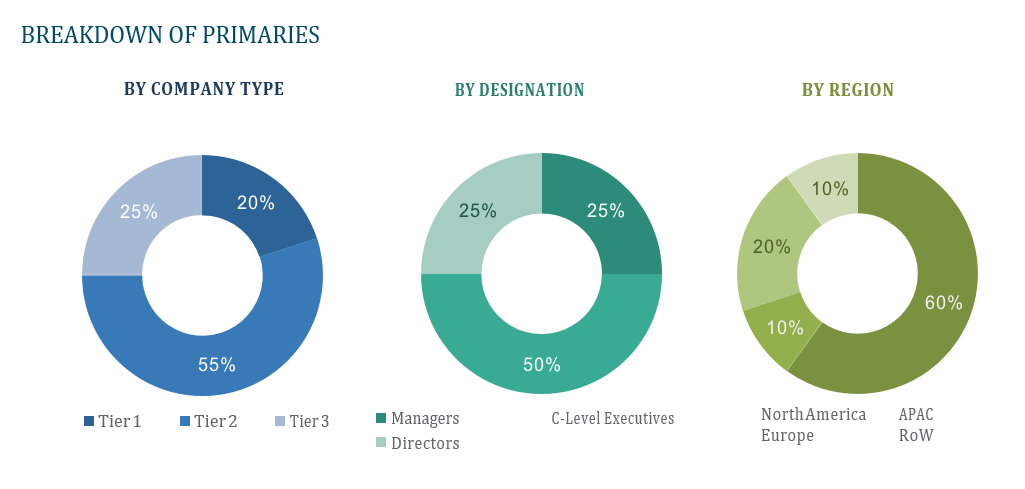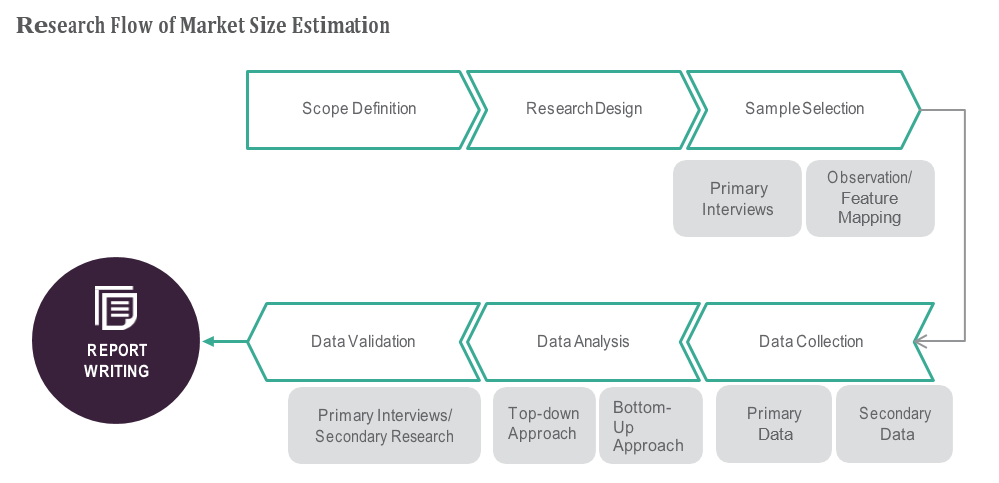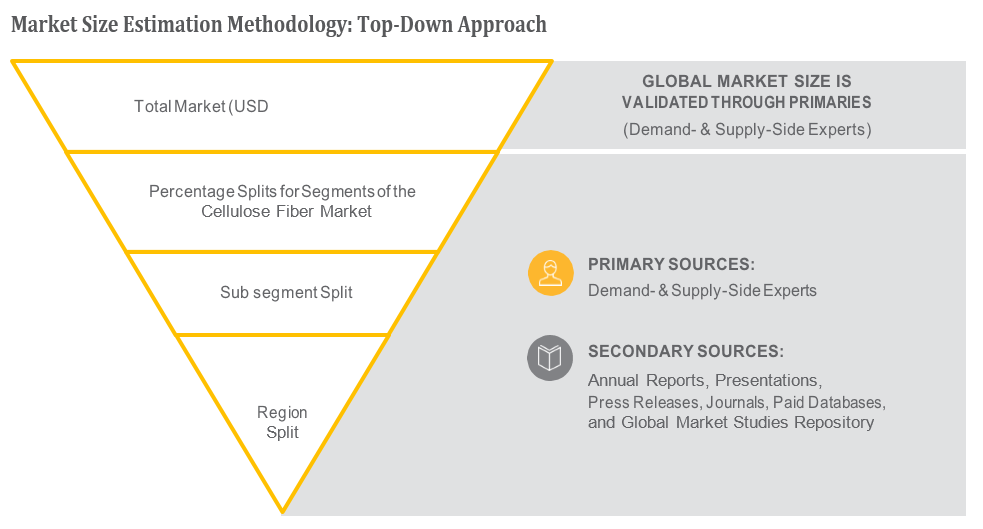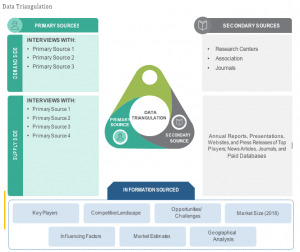OVERVIEW
The Advance Directives Market is currently valued at USD 122.9 billion in 2024 and will be growing at a CAGR of 18.8% over the forecast period to reach an estimated USD 291.1 billion in revenue in 2029. The advance directives market is a vital component of healthcare planning, facilitating individuals in expressing their medical treatment preferences in advance, particularly in situations where they may be unable to communicate their wishes. This market encompasses a range of legal documents such as living wills, do-not-resuscitate orders, and healthcare proxies, providing individuals with the autonomy to outline their healthcare preferences and appoint trusted individuals to make decisions on their behalf. With a growing emphasis on patient-centered care and the increasing recognition of patient autonomy, the advance directives market is witnessing steady growth, driven by both regulatory mandates and the rising awareness among individuals regarding the importance of proactive healthcare decision-making. As technology continues to evolve, there is also a trend towards digitization within this market, with online platforms and electronic health record systems facilitating easier access and storage of advance directives, thereby further enhancing their effectiveness and accessibility.
An aging population, coupled with the prevalence of chronic illnesses, underscores the necessity for individuals to plan their healthcare preferences in advance. Regulatory initiatives, such as healthcare reform laws and policies promoting patient autonomy and informed decision-making, also stimulate market growth. Furthermore, increasing healthcare costs and the burden on healthcare systems incentivize individuals to seek more control over their medical care, driving demand for advance directives. Additionally, growing awareness campaigns and educational efforts by healthcare providers and organizations contribute to the uptake of advance directives, fostering a culture of proactive healthcare planning among the general population. Lastly, technological advancements facilitate easier access and management of advance directives, enhancing their efficacy and adoption rates within healthcare systems.
Table of Content
Market Dynamics
Drivers:
An aging population, coupled with the prevalence of chronic illnesses, underscores the necessity for individuals to plan their healthcare preferences in advance. Regulatory initiatives, such as healthcare reform laws and policies promoting patient autonomy and informed decision-making, also stimulate market growth. Furthermore, increasing healthcare costs and the burden on healthcare systems incentivize individuals to seek more control over their medical care, driving demand for advance directives. Additionally, growing awareness campaigns and educational efforts by healthcare providers and organizations contribute to the uptake of advance directives, fostering a culture of proactive healthcare planning among the general population. Lastly, technological advancements facilitate easier access and management of advance directives, enhancing their efficacy and adoption rates within healthcare systems
Key Offerings:
The key offerings in the advance directives market encompass a spectrum of services and solutions aimed at facilitating individuals in expressing their healthcare preferences and making informed decisions about their medical treatment in advance. These offerings typically include the creation and documentation of legal documents such as living wills, do-not-resuscitate orders, and healthcare proxies, enabling individuals to specify their treatment wishes and designate trusted individuals to act on their behalf if they become incapacitated. Moreover, education and consultation services play a crucial role in raising awareness about the importance of advance directives and guiding individuals through the process of creating and understanding these documents. Additionally, technological solutions such as online platforms and electronic health record systems offer convenient means for storing, accessing, and updating advance directives, ensuring that they are readily available to healthcare providers when needed.
Restraints :
The market for advance directives is important, but there are a number of obstacles preventing it from expanding and performing as intended. A notable obstacle is the general public’s ignorance and lack of comprehension of advance directives, which results in low adoption rates and underuse of these crucial papers. This problem may be made worse by cultural and societal issues that also lead to reluctance to talk about end-of-life desires. Confusion and implementation obstacles can also be brought about by legal complications and differences in advance directive legislation among various nations or regions. Additionally, the reach of advance directives among specific demographic groups may be restricted by healthcare disparities and unequal access to healthcare services, which could exacerbate already-existing discrepancies in healthcare decision-making. Last but not least, doubts about the legitimacy and enforcement of advance directives can seriously impede their successful execution, especially in emergency scenarios or when disagreements erupt among family members or medical professionals. It will take coordinated efforts to increase awareness, strengthen cultural competency within healthcare systems, improve education and accessibility, and expedite legal procedures in order to overcome these limitations.
Regional Information:
• In North America, the advance directives market benefits from a relatively well-established legal framework and regulatory environment supporting healthcare planning. The United States, in particular, has seen significant uptake of advance directives, driven by state-specific laws and initiatives promoting patient autonomy and end-of-life decision-making. However, challenges persist, including variations in advance directive laws across states and disparities in access to healthcare services, particularly among marginalized communities. Efforts to address these challenges include ongoing education campaigns and advocacy efforts to increase awareness and ensure equitable access to advance directive services.
• In Europe, advance directives are gaining traction as populations age and healthcare systems strive to accommodate diverse patient needs. Countries such as Germany and the Netherlands have robust legal frameworks for advance care planning, supported by public awareness campaigns and healthcare provider training initiatives. However, cultural attitudes and healthcare practices vary across Europe, influencing the uptake of advance directives. Efforts to standardize advance directive policies and improve cross-border recognition of these documents are underway to enhance consistency and ensure seamless continuity of care across European regions.
• In Asia, advance directives are still emerging as a concept in many countries, with cultural norms and attitudes towards end-of-life care playing a significant role. While countries like Japan have made strides in promoting advance care planning, there remains a need for greater awareness and acceptance of these practices across the region. Developing clear legal frameworks and culturally sensitive educational materials, tailored to the diverse populations of Asia, are crucial steps towards fostering broader acceptance and utilization of advance directives in the region.
Recent Developments:
• In January 2023, West Health and Sharp healthcare have joined forces to create an integrated geriatric care model that spans the entire healthcare continuum, catering to the unique needs of elderly patients.
• In April 2023, ADvault, Inc., introduced the Make MyDirectives Your Directives initiative as a contribution to the discourse surrounding National Healthcare Decisions Day (NHDD), in the same month, ADvault has formed a partnership with the National Hospice and Palliative Care Organization to offer top-notch digital tools for advance care planning. This aimed to provide individuals with outstanding resources and services, elevating the quality and effectiveness of advance directives in the field
Key Players:
Everplans, MyDirectives, Five Wishes, LegalZoom, AARP, Honoring Choices, Vynca, CaringInfo, Rocket Lawyer, and Respecting Choices.
1) What is the projected market value of the Advance Directives Market?
– The Advance Directives Market is expected to reach an estimated value of USD 291.1 billion in revenue by 2029.
2) What is the estimated CAGR of the Advance Directives Market over the 2024 to 2029 forecast period?
– The CAGR is estimated to be 18.8% for the Advance Directives Market over the 2024 to 2029.
3) Who are the key players in the Advance Directives Market?
– Everplans, MyDirectives, Five Wishes, LegalZoom, AARP, Honoring Choices, Vynca, CaringInfo, Rocket Lawyer, and Respecting Choices.
4) What are the drivers for the Advance Directives Market?
– The aging population and chronic illnesses necessitate advance healthcare planning. Regulatory initiatives, increased costs, awareness campaigns, and technological advancements drive market growth. Increased healthcare costs incentivize individuals to seek control over their care, while educational efforts foster proactive healthcare planning.
5) What are the restraints and challenges in the Advance Directives Market?
– The advance directives market faces challenges such as low adoption rates due to lack of awareness, cultural and societal factors, legal complexities, healthcare disparities, and concerns about the validity and enforceability of these documents. To overcome these issues, efforts must be made to raise awareness, improve education, streamline legal processes, and enhance cultural competency in healthcare systems.
6) What are the key applications and offerings of the Advance Directives Market?
– The advance directives market offers services to help individuals express their healthcare preferences and make informed decisions about their treatment. These include creating legal documents like living wills, do-not-resuscitate orders, and healthcare proxies. Education and consultation services raise awareness about the importance of advance directives. Technological solutions like online platforms and electronic health record systems facilitate access and update.
7) Which region is expected to drive the market for the forecast period?
– North America is expected to have the highest market growth from 2024 to 2029.
Why Choose Us?
Insights into Market Trends: Global Market Studies reports provide valuable insights into market trends, including market size, segmentation, growth drivers, and market dynamics. This information helps clients make strategic decisions, such as product development, market positioning, and marketing strategies.
Competitor Analysis: Our reports provide detailed information about competitors, including their market share, product offerings, pricing, and competitive strategies. This data can be used to inform competitive strategies and to identify opportunities for growth and expansion.
Industry Forecasts: Our reports provide industry forecasts, which will inform your business strategies, such as investment decisions, production planning, and workforce planning. These forecasts can help you to prepare for future trends and to take advantage of growth opportunities.
Access to Industry Experts: Our solutions include contributions from industry experts, including analysts, consultants, and subject matter experts. This access to expert insights can be valuable for you to understand the market.
Time and Cost Savings: Our team at Global Market Studies can save you time and reduce the cost of conducting market research by providing comprehensive and up-to-date information in a single report, avoiding the need for additional market research efforts.










